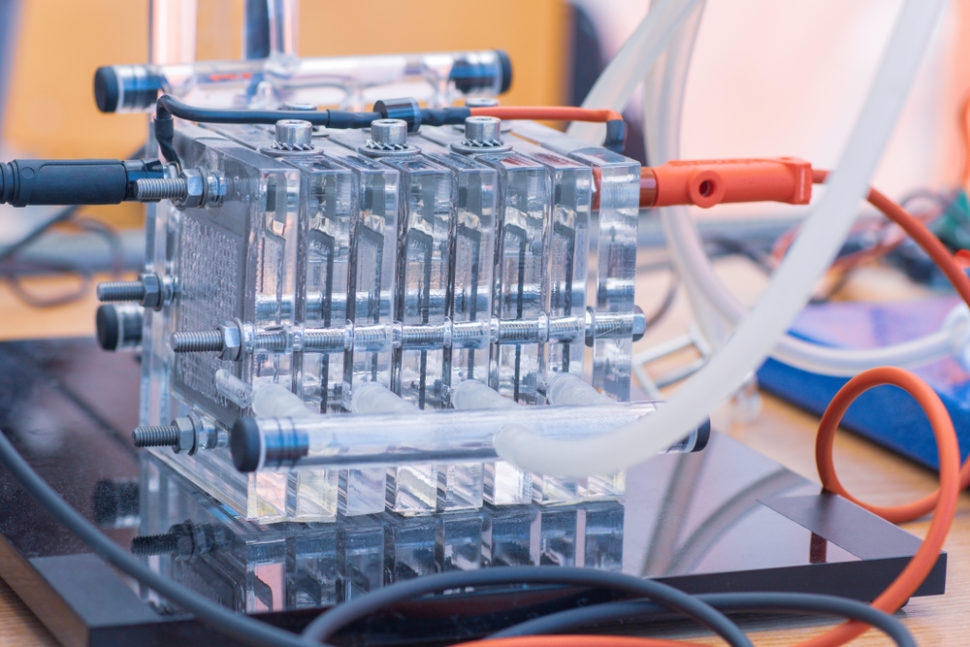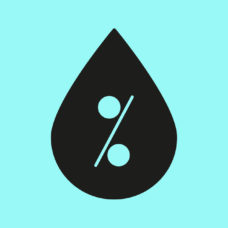A team of researchers just developed a new catalyst that can help boost the production of hydrogen.
Researchers from the University of Toronto Engineering developed an affordable new catalyst that could improve clean energy technologies that produce hydrogen fuel.
“Hydrogen is a hugely important industrial feedstock, but unfortunately today it is derived overwhelmingly from fossil fuels, resulting in a large carbon footprint,” Ted Sargent, the senior author of the study, said.
“Electrolysis – water splitting to produce renewable hydrogen and oxygen – is a compelling technology, but it needs further improvements in efficiency, cost, and longevity. This work offers a fresh strategy to pursue these critically important aims.”
To date, scientists are currently working on boosting the production of hydrogen from water. If successful, it could have many applications, ranging from fertilizers to fuel. Aside from that, it could also be a potential medium for storing energy.
The New Catalyst
According to Sargent, affordable materials like copper, nickel, and chromium make up the catalyst. This is a big advantage over the current high-performing catalyst, which uses platinum.
The Toronto researchers’ catalyst also performed better even in pH-neutral conditions. Currently, platinum catalysts can’t be used to electrolyze seawater because it’s pH-neutral. To be able to use platinum catalysts, the seawater must first go through desalination. This significantly increases the cost of the process.
The new catalyst could also allow researchers to use microorganisms in creating chemicals like ethanol and methanol.
“There are bacteria that can combine hydrogen and CO2 to make hydrocarbon fuels. They could grow in the same water and take up the hydrogen as it’s being made, but they cannot survive under acidic conditions,” Pelayo Garcia De Arquer, co-lead author of the study published in the journal Nature Energy, explained.
NRG COSIA Carbon XPrize, a team from Sargent’s laboratory, aims to use renewable energy in converting CO2 waste into fuels and other valuable products.



















Comments (0)
Most Recent